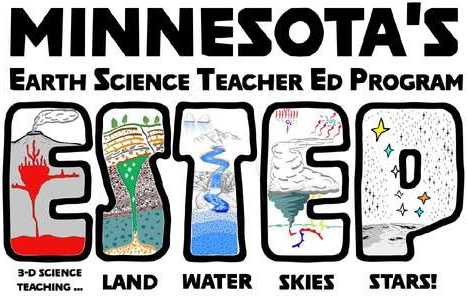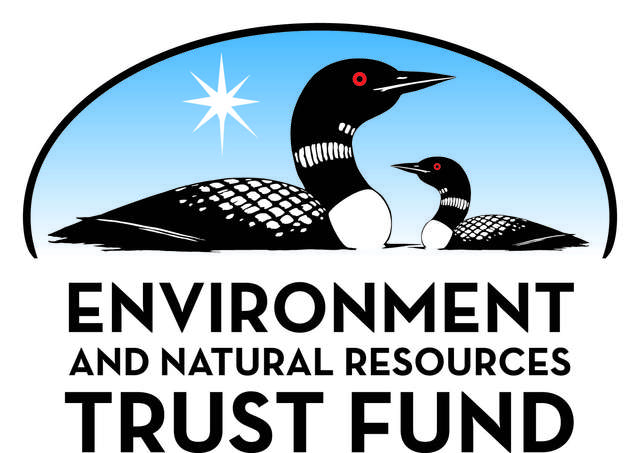Top > Safety > Safety and Class Size in Science Laboratories, John Olson, MnSTA President 2004-2006
Safety and Class Size in Science Laboratories, John Olson, MnSTA President 2004-2006
When a science teacher is assigned a class of 35, 40 or even more, the exasperated teacher is likely to respond, “This is unsafe”. Most of us will just adapt. We work with larger lab groups or have half the class do a lab while the other half does worksheets. Many even reduced or eliminate laboratory activities.
Is there research and legislation to back up the claim that larger class sizes are unsafe? An article titled Safe Science Facilities in the September 2005 edition of NSTA’s The Science Teacher magazine cites a couple studies that look at the issue of class size and safety.
Research by Jay Young in 1972 and Sandra West in 2005 found there was a large increase in the accident rate beyond 24 students. In the West study there were twice as many accidents in classes over 24 students than for classes under 22 students. A study by Fuller et al. in 2001 found three times as many major accidents for classes larger than 28 than for classes with 24 or fewer students.
NSTA’s Position Statement on Laboratory Science recommends that “the number of students assigned to each laboratory class should not exceed 24. The student must have immediate access to the teacher in order to provide a safe and effective learning environment.”
Another concern is the size of the laboratory. When the size of the furniture-free space per student drops below 45 sq. ft. per student, the accident rate increases dramatically. Both the National Fire Protection Assn and the Building Officials and Code Administrators International set building codes for science laboratories to be 50 sq. ft. per student. A class of 24 students would need 1200 net square feet.
The Minnesota Legislation in 1989 stated that “aisles must be 44 inches wide if they serve students on two sides. If they serve students on only side, they can be 36 inches wide”.
A couple good resources concerning laboratory safety are NSTA’s Investigating Safely: a Guide for High School Teachers and articles about science safety in the Flinn Science catalog. Details of the codes and legislation along with other safety resources are posted in a new safety section of the MnSTA website: www.mnsta.org.









 Minnesota science teachers should know about:
Minnesota science teachers should know about: